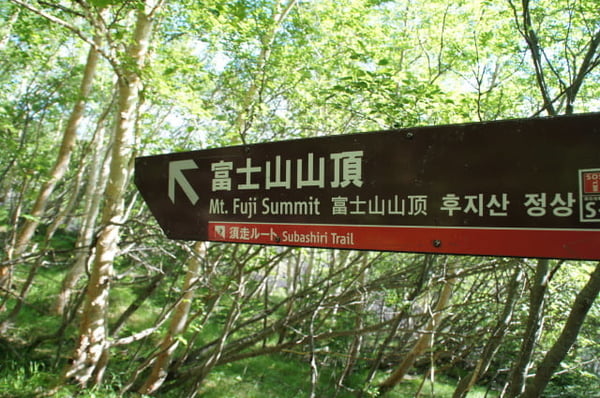
Daily Mountain
48 years, Australia
Mount Fuji plans to start charging compulsory fee to climbers
Hiking to the top of Mount Fuji, or “Fujisan” as it’s known in Japanese, is high up on the bucket-list for many locals and international tourists in Japan. As the country’s highest mountain, this active volcano (which last erupted in 1707-1708) has inspired painters and filmmakers over the centuries, standing tall as one of the country’s UNESCO World Heritage sites, and a proud symbol of the nation.

During the summer months, when the trails are clear from snow, thousands of people come to climb to its peak elevation of 3,776.24 metres (12,389 feet). With approximately 300,000 people climbing the mountain every year, the Fujisan World Cultural Heritage Council has been struggling to cover costs connected to the renovation of restrooms in mountain huts, the operation of aid stations along the trails, and the cleanup of trash left by visitors.
In order to help alleviate the problem, the Council implemented a donation system in 2014, asking climbers to pay a non-mandatory fee of 1,000 yen (US$9.11). However, only an average of around 50 percent of hikers on both the Yamanashi and Shizuoka sides of the mountain (Mount Fuji straddles the two prefectures) typically make the donation each year.
Last year, however, the number of climbers voluntarily paying the donation rose to 67.2 percent on the Yamanashi side and 67.4 percent on the Shizuoka side, providing the Council with promising evidence that more and more people are willing to help out with costs for the upkeep of the mountain and its facilities.

A special committee of the Council responsible for overseeing climbing costs convened yesterday in Tokyo to discuss the issue, formally agreeing to consider making entry fees mandatory.
The Committee, which advises the working group of the Fujisan World Cultural Heritage Council, consists of experts on mountain climbing and environmental issues, as well as representatives from both Yamanashi and Shizuoka Prefectures.
The group expects to receive formal approval for the new compulsory payment system at their next meeting with the Council in March.
Following approval, the committee says they aim to finalise details regarding the fee amount and the method of collection by the end of the 2020 fiscal year, with a view to have the system in operation by the summer of 2022 at the earliest.
Source: Otakomu
Top image: Pakutaso
Insert image: Flickr/mas_to





